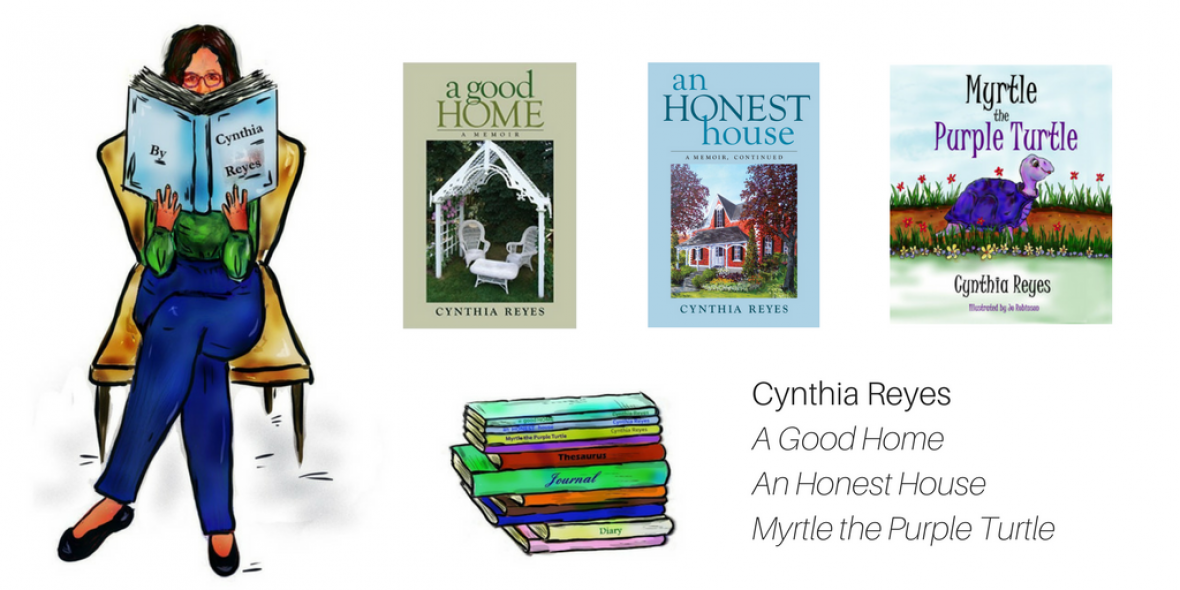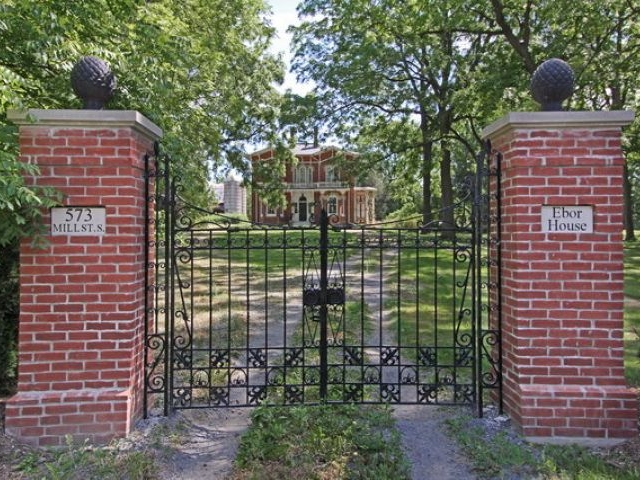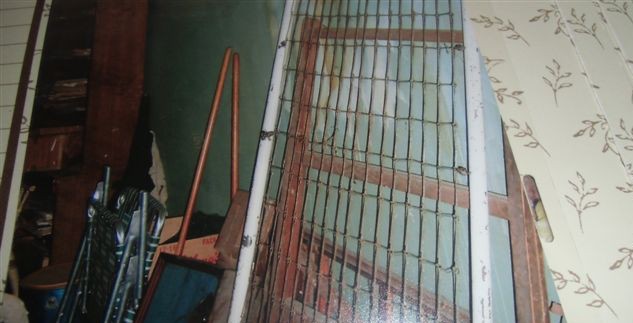The moment Ron Coffin saw Ebor House, he was smitten.
He hadn’t been house-hunting in Bond Head – a small historic area consisting of just a few country roads on Lake Ontario, east of Toronto. But Ron felt mysteriously drawn to both the house and its location.
“It’s like being in another world here. You even have to go through a series of entrances to get to this home. The first entrance is a bridge that you have to go under when you leave the highway. Then there are the gates to the property. Then there are 2 entry doors before you can come into the house.”
He also hadn’t planned to buy this house.
“It was for sale for a couple of years and a friend said I should see it. I saw it and said, ‘My God!’ I fell absolutely in love with it.”
Ron didn’t know the house’s history. He didn’t know that it had belonged to generations of an illustrious Bond Head family whose close relatives included two Lord Mayors of London, England. 
What he saw was a house badly in need of repair. Outside, four acres of weed-choked land surrounded the grand old house and barn.
Inside, the rooms were derelict.
Cobwebs hung from the ceilings. The rooms were crammed with old contents.
And there was that stuffy, old-house smell everywhere.
But the house spoke to him and he answered. Ron was a man in love.
**
It was 8 years later when I knocked on Ron’s door.
As Ron welcomed me into his house, there were no signs that it had once been in disrepair. The place glowed from the love and attention he had lavished on its restoration.
We sat in the refurbished kitchen, sipping coffee. I had questions and the first was the most obvious.
“What possessed you — to take on such a daunting task?” I asked.
“In life there are things you have to do,” he replied. “Some people have to climb Everest. I had to do this.”
I understood, sort of. I remembered the magnetic pull I’d felt as I sat gawking at the house and surrounding property. It had drawn me back here today.
Ron, a single parent, has four children and a dog. He ran his own business. He also had “a huge interest in Canada’s architectural heritage and how it fits into its time”.
He hurried to begin the restoration.
“I made the common mistake of plastering the walls and painting, then realized the roof was leaking”, he said. “The house also needed all new plumbing, heating and wiring. So I had to rip out some of that work and start again.”
Luckily, the seller still had the architectural drawings from 1867, the year Canada became a nation. (Construction on Ebor House started the following year.) Those drawings convinced Ron that he was on the right track.
Fortunately, also, some chandeliers and furniture – such as this Jacques & Hay sideboard on the right – were still in the house, where they’d been since 1869. Ron bought other period furnishings – including lighting, paintings, mirrors, and other furniture — after meticulous research.
Sometimes he felt like a detective trying to solve a mystery.
The house and grounds provided clues that helped him along the way.
The pantry doors were found in the barn. Old pennies were found under the lawn. Ron thinks the pennies, found together, likely fell from someone’s pocket during a picnic.
The more Ron learned, the better he understood how people lived in the late 1800’s and early 1900’s.
“One thing I learned was how the double front doors were used. On days when the family was receiving guests, they’d open the outer door, while the inside door was closed. That would signal that visitors were welcome.”
Ron also became deeply interested in the Farncombs, who built the house and lived here for more than 130 years. He shared with me what he knew.
I should have stopped there, but I was already hooked. I needed to learn more. And that would lead me to a powerful story that was both joyful and heartbreaking.














Ooh, a cliff-hanger! I can’t wait! Such a fabulous house with an interesting history.
Isn’t it, though? For me, it’s like following a piece of string, and making great discoveries along the way. to think this all happened by accident. (And I can hear blogger-friends Eric, Levi – and even Ron himself — saying “It wasn’t an accident, Cynthia!”,
I often think we are ‘meant’ to be somewhere/do something because quite often these things change our lives, or at least our minds. If we are receptive to these new influences or scenes etc our world can expand and we can grow.
Interesting that you say that, Clare. For years after the accident, I turned off those receptors. I was too afraid to risk even venturing outside of the house for long stretches. And so a thing that had helped to define my life and character – being open to others, willing to take a risk, venture off the beaten path – got shut down almost completely.
Luckily, God sent people here to me in our old farmhouse, and I was forced to take an interest in strangers.
A wonderful story about a beautiful house. How lucky that someone came along with the vision and dedication to return the house to its former glory.
Thank you, Chloris. I hope you’ll read the next 2 parts in this series.
Yes, of course I will. Look forward to it.
Thank you!
Beautiful house and restoration, and bringing life back to this house seems far more important than conquering Everest. Poor Everest; it’s in need of restoration and love.
What a novel response to this story, Gallivanta. I love your comment and I know Ron will love the compliment.
Ah, Cynthia, that is my brain side-tracking again. It just struck me that when people say they want to climb Everest, it is usually about ‘conquering’ and ‘mastering’, and the end result is not particularly happy for Everest. With Ron, he is listening to an old house and its environment, bringing it back to life, and working with it. His challenge, his interest, his dream, involve co-operation and care. I like that.
Me too. But you say it so well!!!
Part 3 is about the remarkable family who built the house and lived there for more than a century.
THANK YOU.
What a beautiful house, and what an act of love restoring it. Please let Ron know how much we enjoyed his sharing.
Thank you for this, Aggie. Ron will appreciate your comment.
That is a lovely restoration job! One of the best I’ve seen.
Remarkable that some of the interior furnishings were still intact as well.
Thanks for visiting. Ron will be glad to hear that you like his restoration of Ebor House.
Not my taste in homes, but I admire his passion and dedication.
This house is not for everyone, that’s for sure. But yes, a person can’t help admiring Ron’s passion and the outcome of his commitment and high standards.
🙂
A stately home beautifully restored with passion! The house has character and it takes a person like Ron to see the potential when he first saw it. Interesting post on Ebor House, Thank you, Cynthia.
You are most welcome, and thank you for enjoying the story and appreciating both the character of the house and Ron’s passion.
Oh I’d love that house too!!! I’m so glad he restored it. A place like that is well worth preserving! Hugs, N 🙂
It’s an amazing place, Natalie. I’ve actually never seen anything quite like it.
That really is a beautiful house. Finding furniture that was actually in it must have been a real stroke of luck.
So true. Ron cleaned up the furniture, restored the chandeliers, and cleaned even the curtain rods, which are remarkable.
I LOVE this house! Have you ever considered submitting your stories like these to a magazine? I’m just sayin’…
How kind of you, Rose.
A whole separate set of my stories is published in Arabella Art and Architecture Magazine.
I have so loved this story that I haven’t yet come up for air to figure out what else I may do with it. I’m learning so much.
Fascinating!!! What a beautiful job he has done and what a great post!!
Wow. I’m in love too. I adore old houses and I am so glad there are people like Ron to buy and restore them. So many are torn down to make way for new ones. Pity. What an excellent storyteller you are, Cynthia. 🙂
Elizabeth, I’m so glad you like it.
I would love to hear your feedback to the other parts in the series, which tell the story of the family who lived at Ebor House.
I am totally in love with your blog–the story-telling style just drags one in 🙂 I am going to have to sit a spell with you and a good cup of coffee…and get caught up!
You are most kind. Thanks very much. I’m glad you’re enjoying the blog and I hope you know that you’re warmly welcome.
What a beautiful transformation!
Indeed.
This was lovely! That must have been many hard hours of work. 🙂
Thank you and I know Ron thanks you too.
He has done tremendous work on this house.
Fascinating. I loved reading all the details about this old, restored house. Great photographs, too!!
How absolutely wonderful. I’m off to Part 3